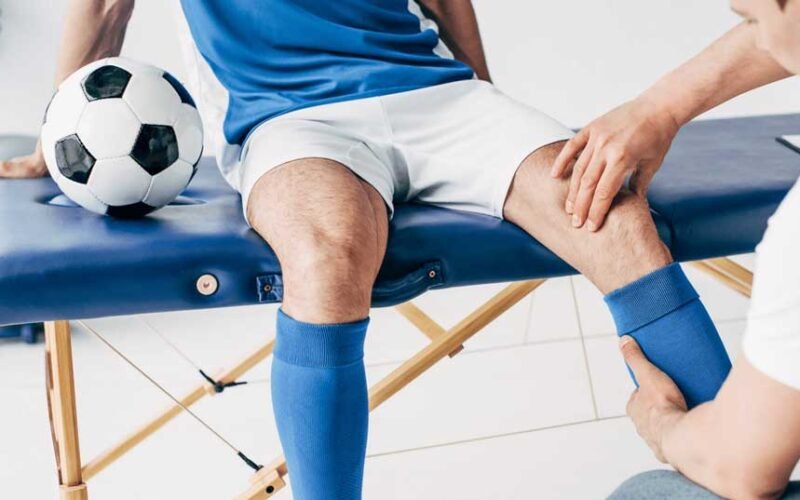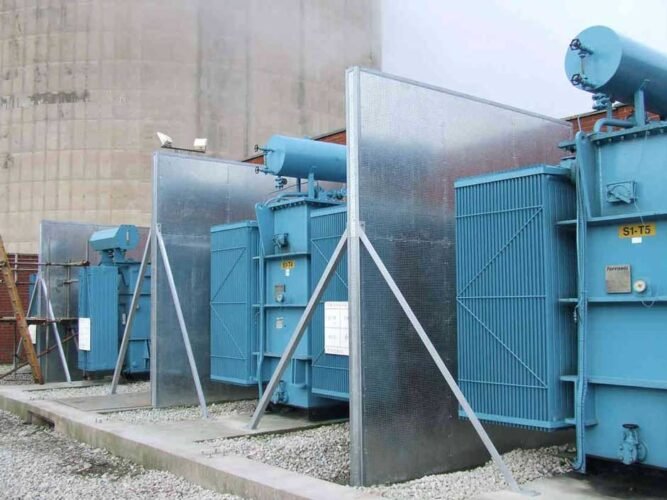In contact sports, the risk of injury is ever-present due to the high physical intensity and frequent collisions that occur. Athletes often face challenges not only in recovering from initial injuries but also in avoiding re-injury once they return to play. The role of sports physiotherapy is crucial in bridging the gap between injury recovery and safe return to the field. By addressing the root causes of injuries and promoting optimal physical conditioning, sports physio provides athletes with the tools necessary to reduce their vulnerability to future injuries. We will explore how sports physiotherapy contributes to preventing re-injury, ensuring that athletes maintain their performance levels while safeguarding their long-term health.
The Role of Sports Physiotherapy in Reducing Re-Injury Risks
1. Comprehensive Assessment and Personalized Rehabilitation Plans
One of the primary ways Collaroy Sports Physio aids in preventing re-injury is through thorough assessments that identify underlying weaknesses, imbalances, or biomechanical issues that contributed to the original injury. A detailed evaluation enables the physiotherapist to create a personalized rehabilitation plan that focuses on restoring strength, flexibility, and function in the affected areas. This personalized approach ensures that recovery goes beyond mere symptom relief, targeting the factors that increase the risk of repeat injuries. In contact sports, where joint stability and muscular support are crucial, these plans help athletes rebuild their bodies to withstand the physical demands of their sport safely.
2. Movement Re-education and Technique Improvement
Improper movement patterns and techniques can often lead to injuries or exacerbate existing ones. Sports physiotherapy incorporates movement re-education, where athletes learn to perform their sport-specific actions with improved biomechanics and technique. This process can involve correcting posture, enhancing balance, and refining coordination to minimize stress on vulnerable areas. By retraining athletes to move more efficiently and safely, physiotherapy reduces the likelihood of injury recurrence. In high-impact sports such as rugby, football, or martial arts, where every movement can carry risk, this step is essential for long-term injury prevention.
3. Strengthening and Conditioning for Injury Resistance
Physical conditioning plays a pivotal role in protecting athletes from re-injury. Sports physiotherapy emphasizes strengthening key muscle groups, enhancing joint stability, and improving overall endurance to help athletes better absorb and distribute forces during play. Targeted exercises focus on building resilience in areas that were injured or are prone to injury. By increasing muscular support around joints and improving core strength, athletes gain greater control and stability, reducing the chance of awkward impacts or overuse injuries. Conditioning also includes flexibility work, which helps maintain proper range of motion and decreases muscle tightness that can lead to strains or tears.
4. Education on Load Management and Recovery Strategies
Understanding how to manage physical load and prioritize recovery is fundamental to preventing re-injury. Sports physiotherapists educate athletes about recognizing early signs of overtraining or fatigue and the importance of adequate rest periods. They help design training schedules that balance intensity and recovery, minimizing excessive strain on healing tissues. Additionally, physiotherapy often includes guidance on recovery techniques, such as proper warm-ups, cool-downs, and stretching routines, as well as modalities like massage or hydrotherapy. This knowledge empowers athletes to take control of their bodies and make informed decisions that support their long-term health and performance.
5. Use of Preventive Supports and Taping Techniques
To further protect vulnerable areas during return to play, sports physiotherapy may incorporate preventive supports such as braces, compression garments, or taping. These interventions help stabilize joints and reduce excessive movement that could provoke re-injury. Taping techniques can also improve proprioception—the body’s awareness of joint position, which is often diminished after injury. Enhanced proprioception enables athletes to react more quickly and appropriately during dynamic movements, thereby reducing the risk of falls or awkward impacts. These measures serve as additional safeguards, especially during the early phases of return to sport when tissues are still regaining strength.
6. Regular Monitoring and Functional Testing
Preventing re-injury is an ongoing process that requires continuous monitoring even after an athlete resumes competition. Sports physiotherapists perform functional testing to evaluate readiness and identify any persisting deficits. These tests assess strength, flexibility, balance, agility, and sport-specific skills under controlled conditions. Regular check-ins help detect warning signs early, allowing for adjustments in training or rehabilitation before a minor issue becomes a serious problem. This proactive approach keeps athletes on track and reduces the chance of setbacks due to premature return or unnoticed weaknesses.
7. Mental Preparation and Confidence Building
Physical recovery alone is not enough to prevent re-injury; mental readiness also plays a critical role. Athletes recovering from injury may experience fear or hesitation, which can alter their movement patterns and increase the risk of injury. Sports physiotherapy incorporates mental preparation strategies that help athletes regain confidence in their bodies. Through gradual exposure to sport-specific activities and positive reinforcement, physiotherapists help rebuild trust in physical capabilities. This psychological support is essential to ensure athletes approach their sport with the right mindset, reducing the likelihood of compensatory movements or avoidance behaviors that could lead to new injuries.
Sports physiotherapy offers a multifaceted approach to preventing re-injury in contact sports by addressing physical, technical, educational, and psychological factors. Through careful assessment, personalized rehabilitation, conditioning, education, preventive measures, ongoing monitoring, and mental support, athletes receive comprehensive care designed to protect them long term. This process not only helps extend athletic careers but also improves performance and enhances overall well-being.
Returning to competitive contact sports after injury involves significant challenges, but with proper guidance and care from sports physiotherapy, the risk of re-injury can be substantially reduced. Embracing these strategies allows athletes to maintain their passion for the game while safeguarding their health and future in sport. The partnership between athlete and physiotherapist is essential in creating a sustainable path toward recovery, performance, and injury prevention.










